If you love taking pictures of animals then this article will be sure to give you some practical tips that you can immediately start using. Animal photography, also called wildlife photography, encompasses the entire world of animals from your pets to polar bears. This article focuses on photographing wildlife, but you can apply many of these tips to photographing Muffin or Fido. To learn how nature photographers get those fantastic images of wildlife...
The photography basics for taking great pictures of wildlife begin with these tips. As always there are exceptions, but the following go a long ways towards ensuring successful animal photography:
o Use natural lighting to your advantage.
o Fill the frame with the subject.
o Focus on the eyes.
o Shoot from various angles.
o Capture personality.
Perhaps you are wondering how you can, without a humongous lens and SLR safely get close enough to a wild animal to "capture personality" or "fill the frame"?
Actually even professional wildlife photographers don't always take their winning photographs in the wild. Most of the wonderful pictures you see of wolves, polar bears and other wild creatures were taken at wildlife sanctuaries and zoos. Cheating? Maybe, but it's safer for the photographer and doesn't disturb their free roaming cousins' mating and feeding cycles.
Some of the wildlife sanctuaries offer special tours for photographers, but even without the advantages these tours offer (often being allowed to get closer shots and without all the people), there are many things the hobbyist with a compact can do to take professional looking photographs of wildlife.
Animal Photography Tips for Wildlife Sanctuaries and Zoos
Simplify the Composition: If the background is distracting, use a wide aperture or Portrait mode to blur it. Or use a photo editor like Photoshop to clean up or blur the background.
Go Natural: Avoid showing cage bars, fences, humans, signs, etc. If it is safe and not against the rules to do so, point the lens through a gap in the chain link, so you can take the photo without the fence showing. Sometimes there will be a vantage point that allows you to shoot over the top of the fence. Look for these opportunities. Again, use a good photo editor to blur what you couldn't eliminate while shooting the photo.
Fill the Frame: Use zoom (optical for best quality) or a telephoto lens to get close up.
Use Sports Mode: Use sports mode or set shutter speed priority to around 1/250 to freeze movements.
Use Light and Weather to Best Effect: Overcast days are often best for animal photography. If the overcast isn't too bright, it will prevent glare from light colored or watery backgrounds. If the overcast is too dark and you have an SLR, raise the ISO. With the right amount of overcast, you can get well exposed, sharp pictures with your compact, and the animals won't be squinting. Since the eyes are usually very expressive and the best place to focus, you really want to avoid squinting. Another way to eliminate this is photograph when the animal's back is to sun. In this case you will need to use fill flash (turn off automatic flash and set to "On") to prevent underexposure or a silhouette, and you will need to use a lens hood or wear a broad brimmed hat to prevent lens flare.
Try this When Shooting through Glass: When you want a picture of a terrarium or aquarium critter, turn on the flash and shoot from an angle. Be sure to check your manual for the safe distance when using flash to photograph living beings without damaging eyes. Or turn off flash and gently press your lens right up against the glass.
Plan your Visits for the Best Photo Ops: Others will especially love seeing your animal photography when it includes baby animals. Often sanctuaries and zoos post on their websites when new babies are arriving, or you can call and check. Another good photo op is feeding time. Animals that stay in hiding throughout much of the day will come out to eat. Finally, if you're visiting a sanctuary or zoo when the weather's hot, go early in the day when the animals will be most active, not napping.
Use Context: While usually it's best to fill the frame with the animal, sometimes the context is too interesting to bypass. Examples of using context: a child and baby animal looking at each other, a giraffe, long neck bent as it peers down at a car in front of yours at the drive-through safari park.
Capture Expressions: Animals, whether our pets or wildlife, make the cutest expressions. Be ready with your camera! Even just normal expressions like a wolf pup yawning or a tiger licking its lips are cute or interesting. The more you learn about you favorite species, the better able you will be to be ready for their fun shots.
So, the next time you're ready to take some wildlife pictures, use these animal photo tips and you'll be amazed at the difference applying this tips can have on your photos.

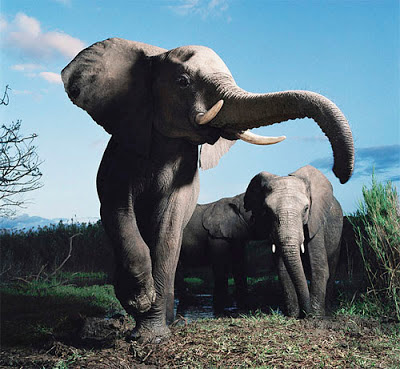

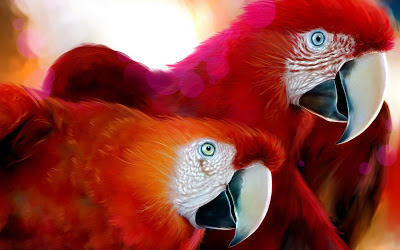
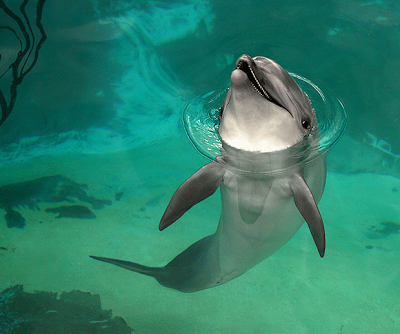

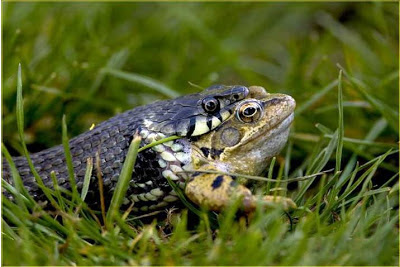
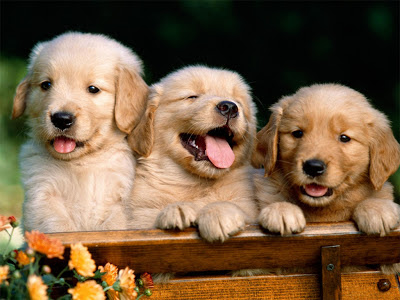
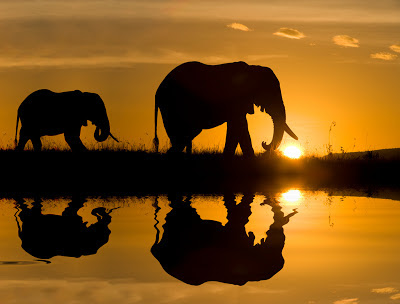
No comments:
Post a Comment